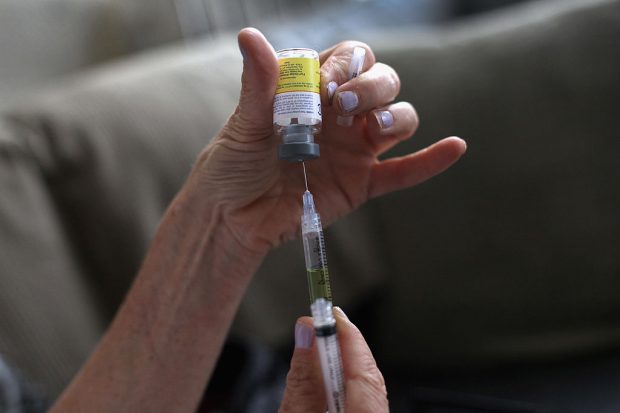 Yet another euthanasia bill is about to be debated, this time in the South Australian Parliament.
Yet another euthanasia bill is about to be debated, this time in the South Australian Parliament.
The Death with Dignity Bill 2016 is the fifteenth attempt at a euthanasia law in South Australia in the last two decades and the second bill this year alone.
It follows the effective shelving of Labor Backbencher, Steph Key’s Voluntary Euthanasia Bill 2016 which adopted an ‘all comers’ approach to access to euthanasia in a similar fashion to the Belgian statute. That bill was deemed by her colleagues to have gone too far down the road, running well ahead of the zeitgeist.
Media personality and, of late, euthanasia advocate, Andrew Denton backed the first bill and could be found regularly in the halls of North Terrace pitching to parliamentarians.
The public debate on both bills over the last six weeks has largely focussed on ‘hard-cases’. Personal stories make good copy, certainly, but few in the media raised any question or possible objection. Spared the details, the level of public support is hardly surprising.
The question we need to be asking is not ‘who is the bill designed for?’ but ‘what will the bill allow?’ There is clearly public support for the idea of euthanasia, as evidenced in the polls, but the detail seems to escape scrutiny.
Such was the campaigning strategy adopted by Andrew Denton, his campaign called ‘Go Gentle’ and his co-belligerents, the Australian Nursing and Midwifery Federation. They jointly created an on-line campaign tool called ‘BetheBill’ where people could register to ‘BetheBill’ using their social media profiles and the automated structure would replace the pronoun ‘person’ in the text of the failed bill with their own name and send a copy of the thus amended bill to every South Australian member of parliament.
Nowhere does the ‘BetheBill’ website explain to the potential supporter that the bill in question would allow for euthanasia for any adult. All it says before a supporter clicks through to make it happen is: ‘One day you, or someone you love, may be dying and want this choice. No Australian should be left to die in unrelievable pain.’ It plays on the public perception that euthanasia would only ever be for a few ‘hard cases’.
And so, email in boxes of members of parliament were clogged, for some time, with virtually identical emails from people who had no real idea of what they were supporting. That many of these ‘BetheBill’ supporters came from interstate or overseas or were from fake Facebook profiles such as that of ‘Desmond Tutu’ (who apparently lives in Sydney and uses the profile picture of Bozo the Clown) registered a level of cynicism and annoyance with a number of MPs.
The new bill, sponsored by Liberal backbencher, Duncan McFetridge creates a more limited eligibility criteria that Key’s open-slather approach. While disability advocates and anti-euthanasia campaigners such as myself still see significant dangers and risks in this new bill, the ‘good-cop, bad-cop’ comparison may be tempt some to see this approach as more palatable.
What Steph Key’s bill tells us is that, regardless of whatever minimalist approach is presented for debate, there are those who really want so much more. The beachhead will always be something that the polity can initially tolerate; the thought that they may be doing some good for ‘only’ a small cohort assuaging the deeper unease that this is really all about killing people and assisting them to suicide.
Victorian Health Minister, Jill Hennessy warned euthanasia supporters of this kind of over-reach behaviour recently in regards to what we are led to believe is the inevitable tabling of a euthanasia and/or assisted suicide bill in the Victorian Parliament sometime in the near future.
Under the headline: Euthanasia reform: ‘Go softly or law will fail’, The Australian framed the story this way:
Victorian Health Minister Jill Hennessy has warned radical euthanasia activists that any proposed assisted-suicide laws will be moderate, to enable broad community support and avoid failure because of a scare campaign.
Ms Hennessy said the Greens and the Sex Party should be “sensible and open-minded” if euthanasia laws were introduced to the Victorian parliament, imploring the minor parties not to scupper the reform on the pretence of policy purity.
“To not do so would be an act of revisionism designed to make an important first step fail; it is not about you,” Ms Hennessy said.
“Politicians need to ask themselves: is it about being pure or is it about saying ‘let’s get the best result we can’?”
But, once again, the euthanasia lobby cannot help itself; it cannot contain its enthusiasm in the wave of media support that has clouded the debate in Victoria as it has in South Australia.
Recommendation 49 of the Victorian Parliamentary Committee Report on ‘end-of-life choices’ tabled in July calls for a law for people, “suffering from a serious and incurable condition which is causing enduring and unbearable suffering” and that these persons must be “at the end of life (final weeks or months of life)”.
Dr Rodney Syme wrote recently to the Victorian Health Minister on behalf of the Victorian pro-euthanasia lobby calling for an extension to these terms to include people who have an ‘advanced incurable illness’; in other words, not simply those who are clearly close to dying.
Syme’s logic is internally consistent and compelling if, in fact, the aim of such legislation is to relieve suffering. It is not only those who are close to death who suffer. This is the same sort of argument put to the Belgian people regarding child euthanasia in 2013 and is the same argument circling in Holland at the moment in regards to proposals for child euthanasia and euthanasia for people who are ‘tired of life’.
Dutch journalist, Gerbert van Loenen once observed about euthanasia in his homeland that, ‘Making euthanasia and physician-assisted suicide legal started a development we did not foresee. The old limit ‘thou shalt not kill’ was abandoned, a new limit is yet to be found.’
When we abandon the principle that the law (in this case the criminal code prohibitions on homicide) protects all of its citizens equally, as van Loenen observes, drawing a new line is arbitrary. More than that; it is likely to shift further in ways that perhaps the Dutch did not foresee but that we at least, can now reflect upon given their experiences.
But the fundamental problems with creating a regime that allows two actions, currently prohibited by the criminal code, to become lawful remains with any euthanasia type law. Adherence to the defined limits and to the laws procedures cannot be maintained.
The Australian’s Paul Kelly has arrived at the ‘unambiguous conclusion’ from observing places like Holland and Belgium that, ‘Once you sanction euthanasia you open the door to euthanasia creep. The human heart will always respond to the incentives of the law.’ The ‘creep’ is inexorable:
If you sanction killing for end-of-life pain relief, how can you deny this right to people in pain who aren’t dying? If you give this right to adults, how can you deny this right to children? If you give this right to people in physical pain, how can you deny this right to people with mental illness? If you give this right to people with mental illness, how can you deny this right to people who are exhausted with life?
Returning to van Loenen’s observations, once we abandon the equal protection of the law for every citizen from acts of homicide and assisting in suicide; wherever we choose to draw the line next will not have the same holding force as the criminal code.
We will have created exceptions that will later be tested by arguments such as those put by Syme and Key; exceptions that will further erode the protection of the law, replacing it with the arbitrary decisions of individual doctors who, in effect, will become the law.
And, in all of this, we are relying on reports written by these doctors to confirm that the law was adhered to. Any post mortem reporting system is open to abuse; the principle witness is dead. What doctor is ever going to self-incriminate?
But in a reporting system that relies so heavily on the honesty of the doctor(s) we should expect nothing less than 100% reporting with little, if any, sign of anomalies.
The recently released first report on the operation of Quebec’s euthanasia and assisted suicide law should, therefore, make everyone stop and think.
Three times the expected number of deaths were reported for the first seven months with eight percent (21) of cases not compliant with the law.
People could argue that the numbers themselves (262 deaths in seven months) as compared with what some people, including the Quebec Health Minister, expected, (100 deaths in the first year) is simply a matter of the inexactitude of a ‘best guess’.
At a distance it is difficult to confirm, but the ‘100 in the first year’ prophesy by Health Minister Barrette may also have been a number thrown around during the debate on the enabling legislation – likely with the addition of ‘only’. Debates seem always to be about ‘only’.
At this stage it is more than simply the eight per cent non-compliance that should scare us.
Remember: this is for the first seven months of the operation of a new law when you would expect that everyone – everyone – would be exceedingly careful to comply.
Eighteen of the 21 cases that failed to meet the legal regulations were situations where the independence of the second confirming doctor was at question.
The Minister’s response? He is considering ‘making some adjustments’ to ‘ease the obligation of seeking a second opinion’ from an independent doctor.
I guess that’s one response to non-compliance: change the rules so that compliance is easier, reducing the likelihood that the annual reporting would cause headaches for the Minister and his government. This is dangerous thinking.
The problem of independence of a second doctor was raised both in the debate in Quebec and in the nation’s capital, Ottawa. Canada has many remote communities (probably similar in number to Australia) where getting an independent second opinion may be difficult.
That’s a very real structural problem. But the answer should not be to somehow put people living in these remote communities at risk because, ultimately, isn’t this precisely why the ‘safeguard’ of two doctors is required?
The Globe and Mail reports, ‘of the remaining three cases, two were instances in which assisted death was administered without proving the patient was at the end of life. In one case, it wasn’t proven that the patient was facing a serious and incurable illness, as required under the law.’
These cases are potentially far more serious. They point to incremental extension (or ‘creep’) by flouting of the law. Some of the other 18 cases may also be compromised in a similar way because the idea of a ‘second and independent doctor’ is to try to avoid rubber stamping. If said second doctors had simply taken the word of the primary doctor about all sorts of matters in relation to the patient, then it is possible that any number of supposed ‘safeguards’ were not properly dealt with.
The Globe and Mail said that all 21 non-compliant cases would be referred to the Quebec College of Physicians. It will be very interesting to see what comes of all of this.
We know that in Belgium non-reporting is rife. At least one doctor there has publicly declared that he doesn’t report his euthanasia deaths at all; and yet nothing is done about it.
So, what does a breach of the law mean?
The bill under debate in South Australia at the moment has a number of references to exemption from liability under the laws of the state – in particular the criminal code provisions against homicide.
Expressed in the negative, here is but one example:
Nothing in this Act renders lawful voluntary euthanasia administered other than in accordance with this Act. (Death with Dignity Bill 2016, Section 5 [6].)
So, if a euthanasia act is ‘administered’ outside of the prescriptions in this Act, then the extant laws apply – including the laws on homicide.
Technically, therefore, a breach of the law should be referred to the Public Prosecutor.
But what if the breach is only thought to be minor? It seems likely that the Quebec Health Minister sees the lack of independence of the second doctor in that light. But the independence ‘safeguard’ was put there for a purpose – as part of a suite of supposed ‘safeguards’ designed to protect citizens.
The euthanasia law defines the exceptions. Anything else is subject to the criminal code.
Looking at the other three cases: in two, there was no proof that the person was ‘at-the-end-of-life’ and one where there was no proof of a ‘serious and incurable illness’.
The rhetoric around debate on both euthanasia and assisted suicide type bills is always framed around the ‘only’. Only for end of life; only for ‘serious and incurable illness’; only for a few. Like it or not, these three cases – if not also in some or all of the other 18 non-compliant cases – should be treated as possible homicides and police investigations should be instigated. The reality is that euthanasia is never simply about the ‘only’; it is ever about ‘not only, but also…’
Will serious charges be laid? I don’t think so. It will be argued that, while ‘proof’ was not recorded, that the two people concerned were ‘at-the-end-of-life’ and that the third did, in fact, have a ‘serious and incurable illness’. In the absence of proof to the contrary, unless there’s a family member who is crying ‘foul’, the testimony of the doctors concerned will likely hold sway.
While this may be a just outcome (it may be true), what it says to doctors is that the boundaries of the law are porous. If this behaviour is evident in subsequent reports without redress, the entire reporting system – designed also as a ‘safeguard’ – will be held in contempt by any number of doctors, further weakening the already flimsy protections.
Even if there were a police investigation and even if charges were brought against these doctors one can reasonably expect that either the charge would be of a lower order (not homicide) or that any penalty applied will be extremely lenient.
Why? Because in the absence of proof of malicious intent, it will be claimed that the person concerned was suffering terribly, that they were perhaps close to arriving at a point where they might be properly be eligible under the law and that the actions of the doctors was ‘compassionate’. (The case law reaching back to 1973 in Holland provided a legal defence to euthanasia on the grounds of ‘force majeure’ or ‘legal necessity’.)
For the law to have any potency; for the safeguards to have any meaning, charges need to be laid and any other pecuniary penalties attached to the law, applied. Any penalty available to the Quebec College of Physicians needs to be applied with full force.
I’m not holding my breath.
Trouble is that, once we accept the principle that some lives should be excised from the protection of the law and that doctors can kill their patients, all that’s left is a discussion about who qualifies – and that’s a moving target.
Paul Russell is Founder and Director of HOPE: preventing euthanasia and assisted suicide Inc., a coalition of groups and individuals who oppose the legalisation of euthanasia and assisted suicide and support measures that will make euthanasia and assisted suicide unthinkable. He blogs regularly at www.noeuthanasia.org.au .
Got something to add? Join the discussion and comment below.
Get 10 issues for just $10
Subscribe to The Spectator Australia today for the next 10 magazine issues, plus full online access, for just $10.

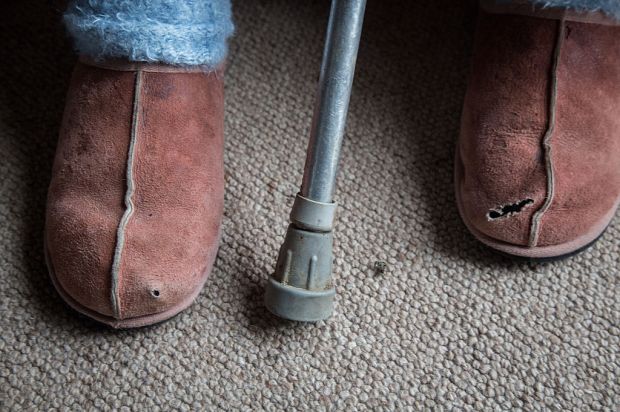
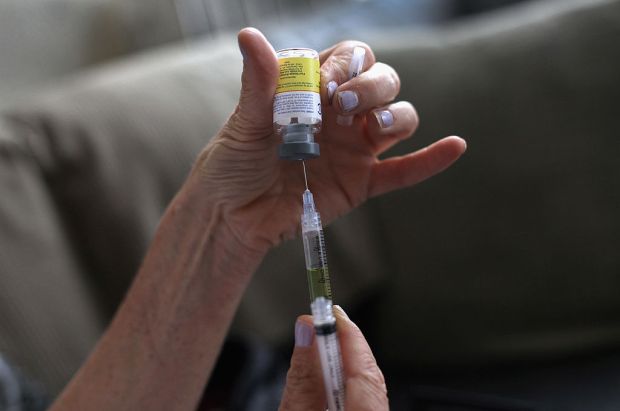
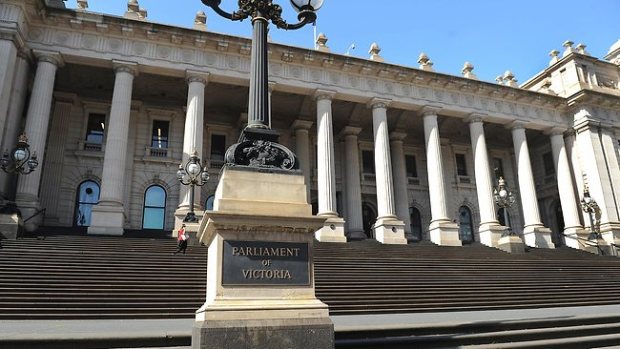
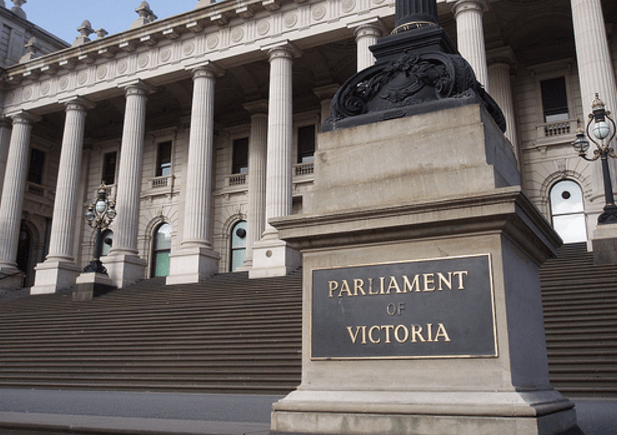

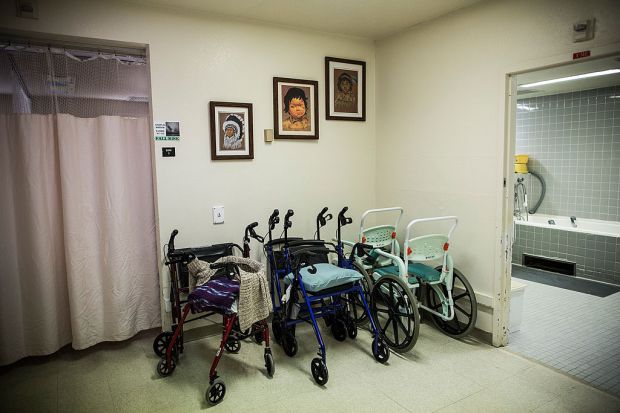


















Comments
Don't miss out
Join the conversation with other Spectator Australia readers. Subscribe to leave a comment.
SUBSCRIBEAlready a subscriber? Log in